|
The decision to build the model of a ship is mainly determined by an admiration of the original ship, it’s shipowner or its operation area. |
|
Due to these determinations, some production lines, have been built up over the years, and these again have created new production decisions. This system ensures that our customers will enjoy collecting ships of steadily expanding interest and theme. |
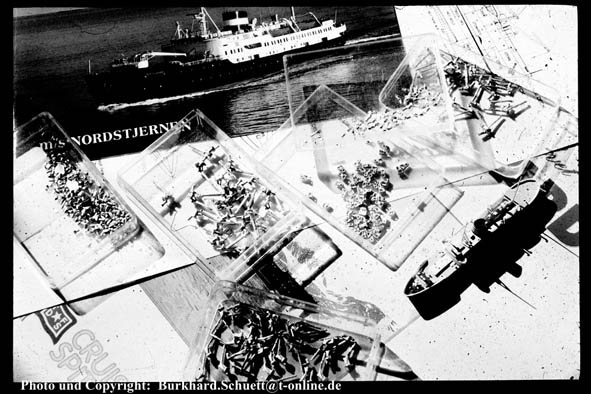 |
|
Typical picture from a working place, here with Ri 22 „Nordstjernen“. |
|
For the most of these production lines we have built up a large archive consisting of books, drawings and pictures that enable us to produce exact scale copies of the ships. Should these archives not contain all the essential information, contacts with friends and customers, museums or shipowners always help. As soon as the essential documents are in our hands, we create the ship biography, tracing the life of the ship. These will be available as a PDF file for download for our customers. They consist not only of main data, but also include a long essay about the ship, pictures, a list with sources and much more. The layout covers several pages and is put together professionally. |
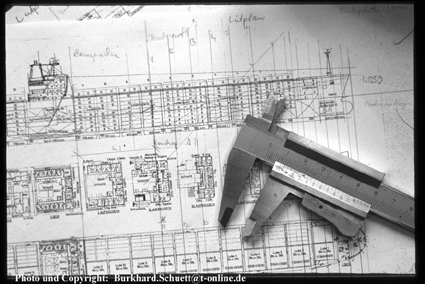 |
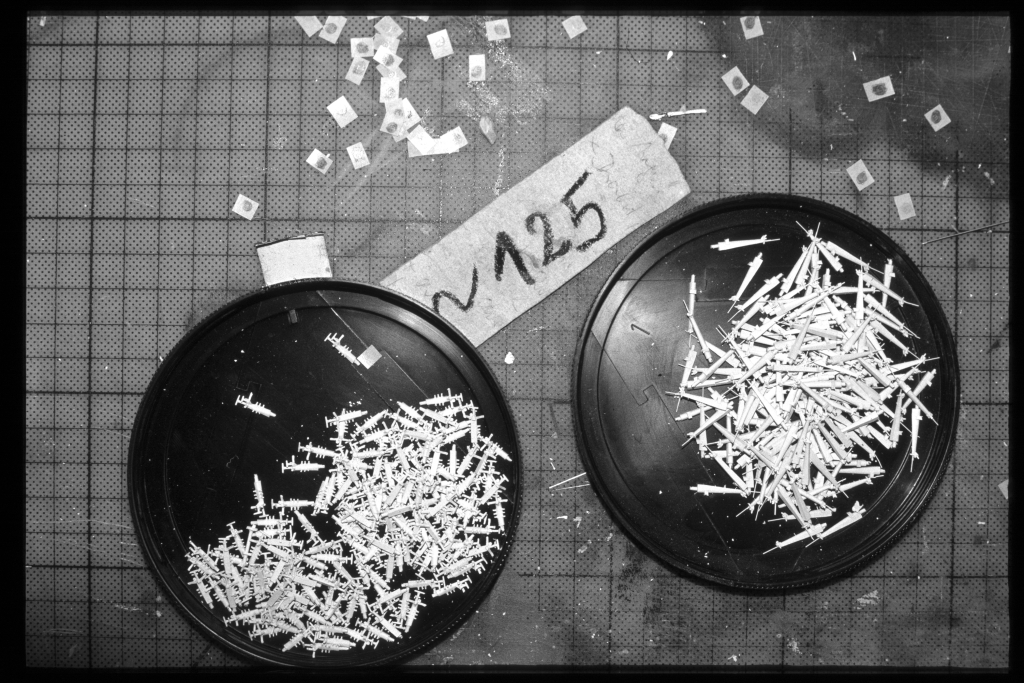 |
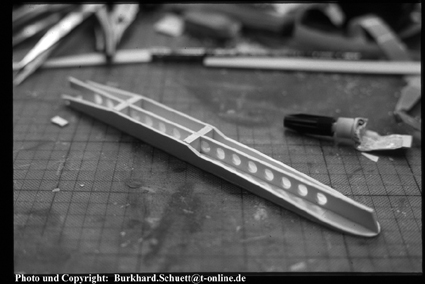 |
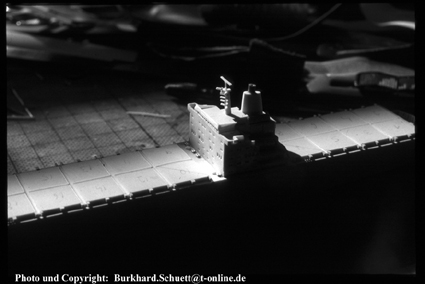 |
|
Several parts of building a master, here with Ri 49 "Hong Kong Express". |
|
To make a master we need the technical drawings of the ship. Based on these, as well as on photos, sketches and descriptions, we make a valuable positive mould from synthetic materials. This is made in a practical abstraction that will enable later casting and painting of the model. |
|
This positive mould is copied in a silicon mould, which will – depending on the complexity – have a life of between ten and two hundred castings. |
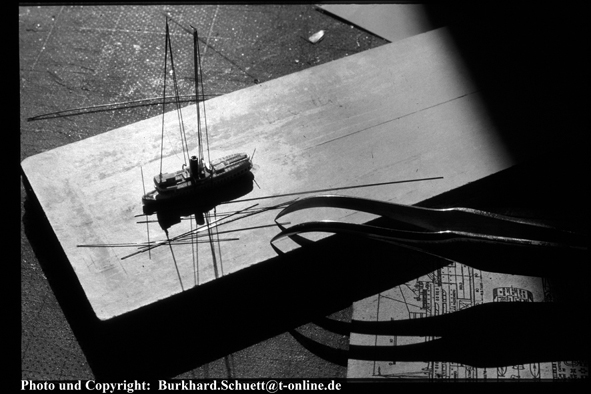 |
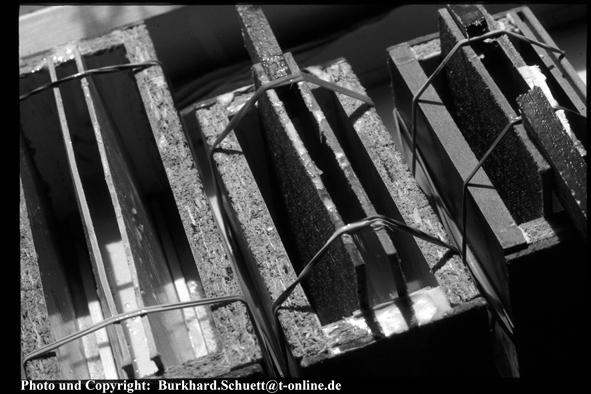 |
|
The "Norrskär" in the mould, on the right, some moulds in their boxes.... |
|
These white metal castings need to be cleaned, possibly repaired and fitted with additional details, such as masts, booms, derricks, crains, sunsails and so on. |
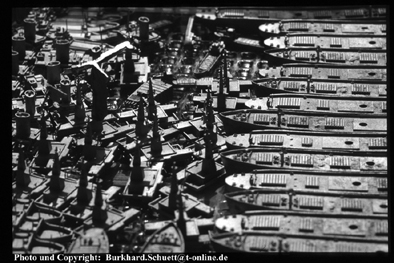 |
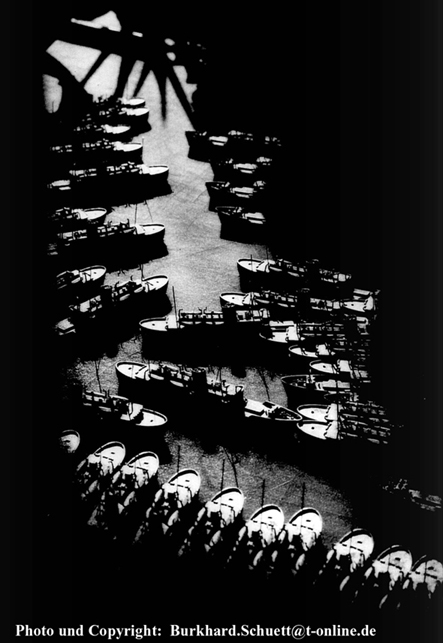 |
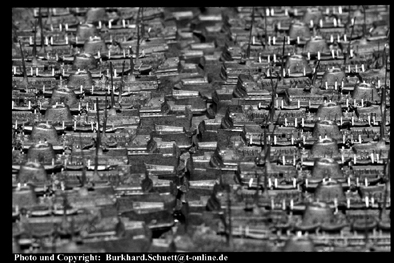 |
|
Strong graphics created by a deep October sun with castings of several ships, here the "Peder Paars", a C1 standard ship, the "Halsskov" and the "Peder Paars". |
|
When this painstaking work is complete, an airbrush is used to provide the basic colour, mostly white. On this white undercoat, the painting is then done by hand with special model colours. |
| To finish the paint job, transfers designed on the computer in advance, may be fixed on the models and a clear matt coat finishes the paintwork. |
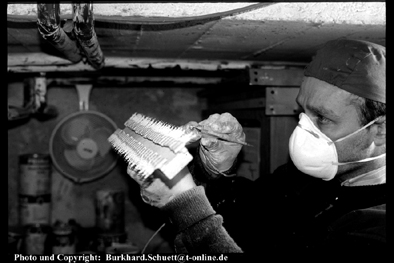 |
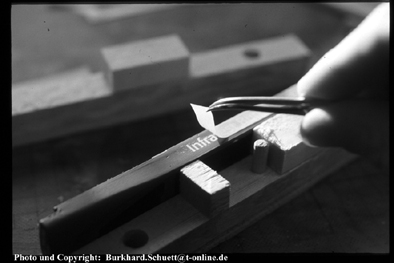 |
|
A particularly popular job is the spraying of the white undercoat in an unheated basement in wintertime! Not much more fun is trying to produce fragile transfers, they often don't meet up to expectations until the third or fourth try. |
|
Preparing the castings for paint and the paintwork itself occupies most of the time needed to produce a model of an average merchant ship. When it is done, a final check and final improvements are carried out. |
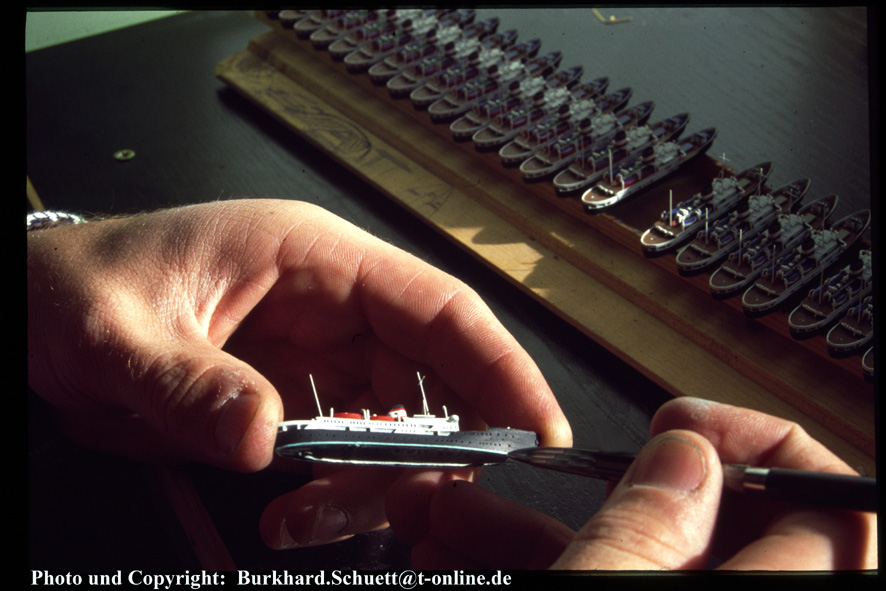 |
|
Nearly finished. The painting is nearly ready "Nordstjernen" is being fitted with the waterline... |
|
The models are packed in boxes when the production process is finished. These boxes get labels with information produced on the computer and will be sent to specialized dealers or singel customers all over the world. |
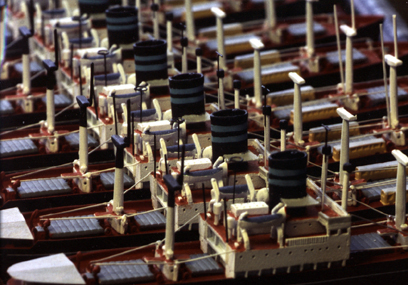 |
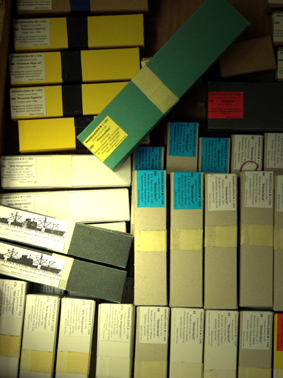 |
|
Last steps: A line of Wilhelmsen freighters, the "Trinidad" is ready for packing. |
